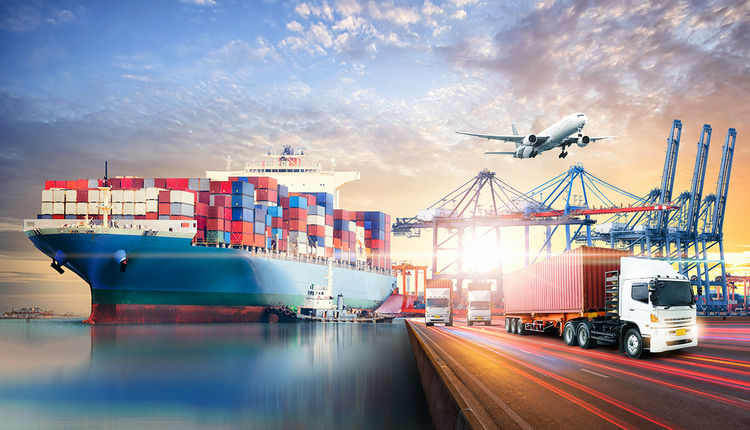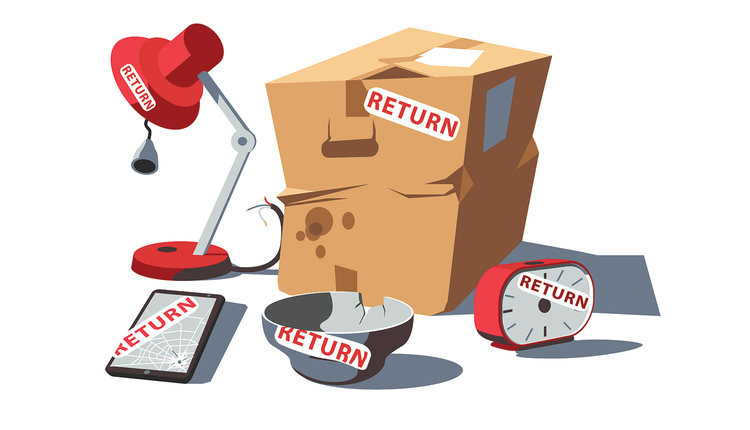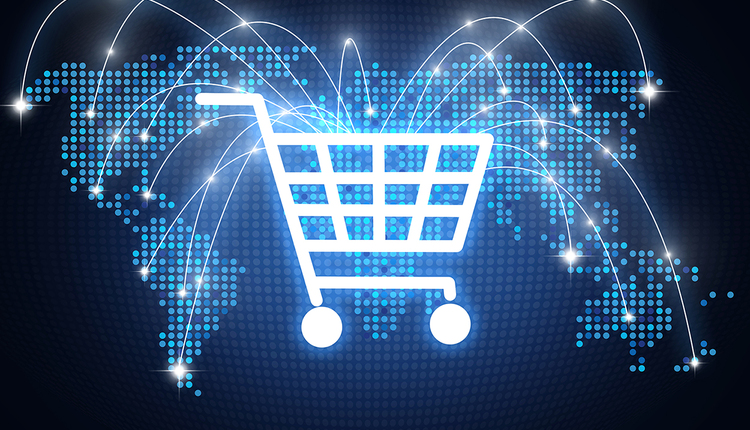Today’s shopping trip is no longer confined to the corner store or the local mall. With the growth of e-commerce, people can buy nearly anything from anywhere in the world with the click of a mouse.
As the internet enables businesses to sell to anyone, anywhere, anytime, it has also added twists and turns to cross-border fulfillment. This is where many shippers begin to hit snags, incurring extra shipping costs and missing delivery expectations as customs officials are forced to deal with the parcel tsunami.
However, with the right parcel shipping system in place, along with an understanding of what is needed to clear customs efficiently, it is possible for shippers to not only strive to go global, but thrive.
Here are three things to keep in mind when looking to take your business — and your shipping — to the international marketplace:
Regulatory Compliance
There is nothing more inconsistent than regulations related to cross-border trade. No two countries’ rules and regulations are exactly the same. As e-commerce merchants continue to spread their global wings, complying with regulatory mandates and requirements will become a bigger issue. No shipper wants their products to sit in customs any longer than necessary. The ability to implement processes that enable smooth first-mile pickup, consolidated cross-border movement through customs, and injection into a last-mile parcel delivery network will be the key to executing a successful global e-commerce strategy.
Landed Costs
No matter where in the world a company is shipping, it is important to avoid unexpected or hidden costs. Global shippers need to factor in accurate landed costs early on in the order process, including transportation charges, duties, and taxes. Failure to do so will translate into lost margins. The whole point of going global is to profitably grow your business. You can’t if you don’t have systems in place to monitor expected costs.
Remember Returns
Return policies are increasingly becoming a deciding factor during the checkout process. This goes beyond traditional e-cmmerce B2C sales. It also applies to B2B manufacturing, distribution, and really any business that involves purchasing and delivering goods. It is tough enough to manage returns efficiently with domestic business; however, when you have to deal with them on a global scale, it can turn from a bother to a business killer. With proper planning and systematic international returns processes in place, including labeling, automated pickup, and cross-border customs clearance, it is possible to make returns smoother and more economical for you and your customers.
As the e-commerce market becomes more competitive domestically, the allure of going global is bound to increase. The challenges for international shipping is real, but with the right processes, plans, and systems in place, your chances of success can make going global big business for your company.
For more than 25 years, Bob Malley has helped thousands of businesses reduce transportation costs and streamline fulfillment with parcel TMS technology. As founder of Tracer Research, Inc., and later as Kewill CEO, Bob introduced Clippership, one of the first integrated multi-carrier shipping systems. As managing director of Pierbridge, Bob has built a global organization that continues to innovate Transtream, an enterprise-class parcel TMS platform. Pierbridge and its technology partners, Logistyx and Pitney Bowes, have achieved FedEx Compatible Platinum certification. Pierbridge has also earned UPS ConnectShip Platinum certification status. Now part of the WiseTech Global group, Pierbridge is rapidly expanding and driving deeper into global e-commerce fulfillment.
Click here to return to the Global Logistics and Delivery topic page.



















